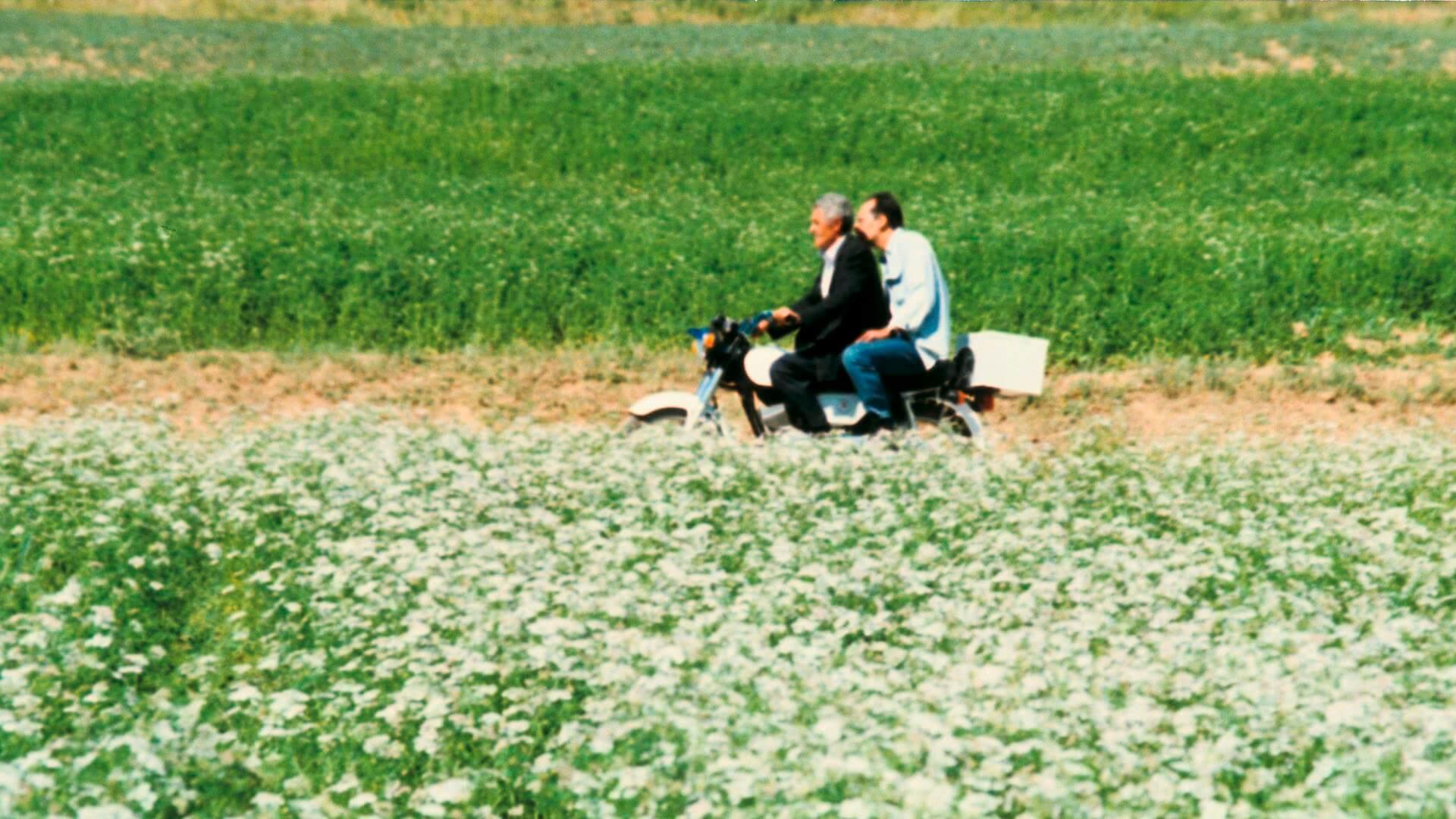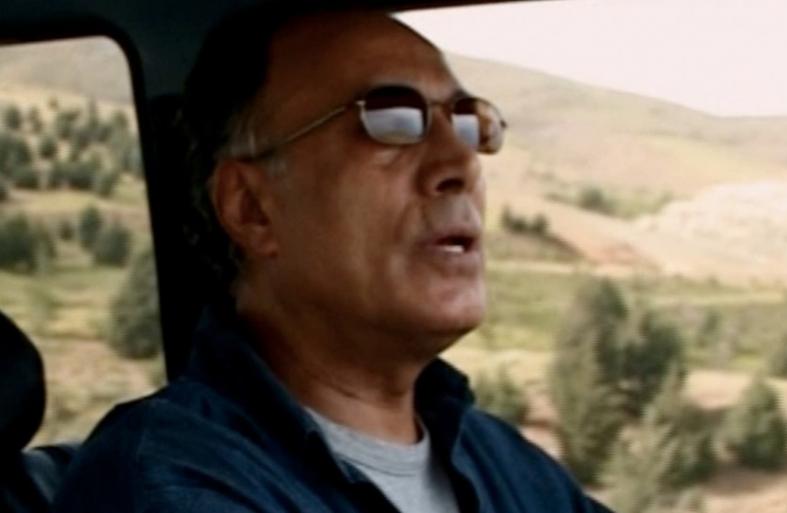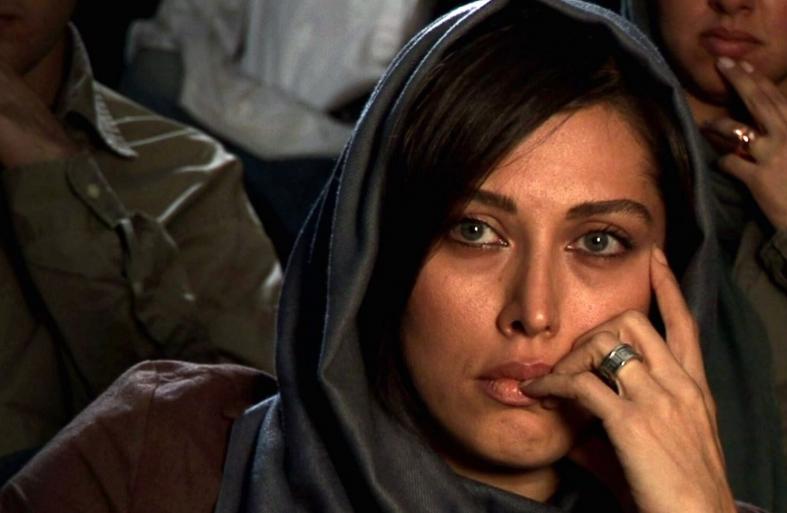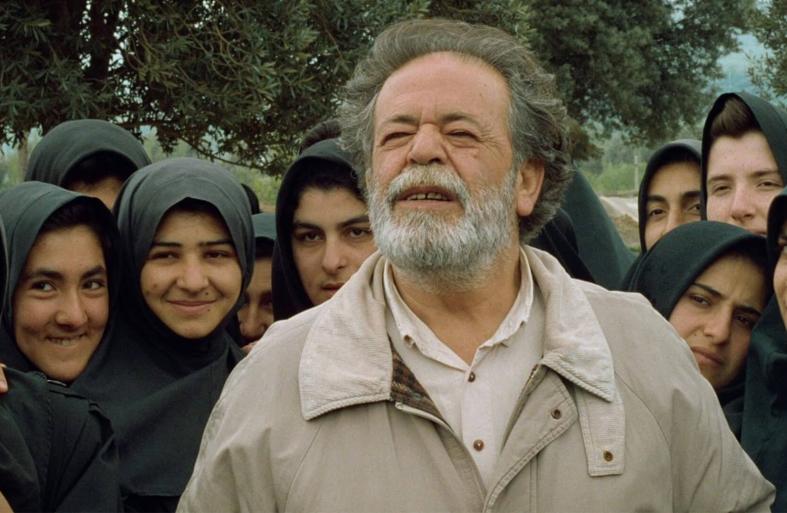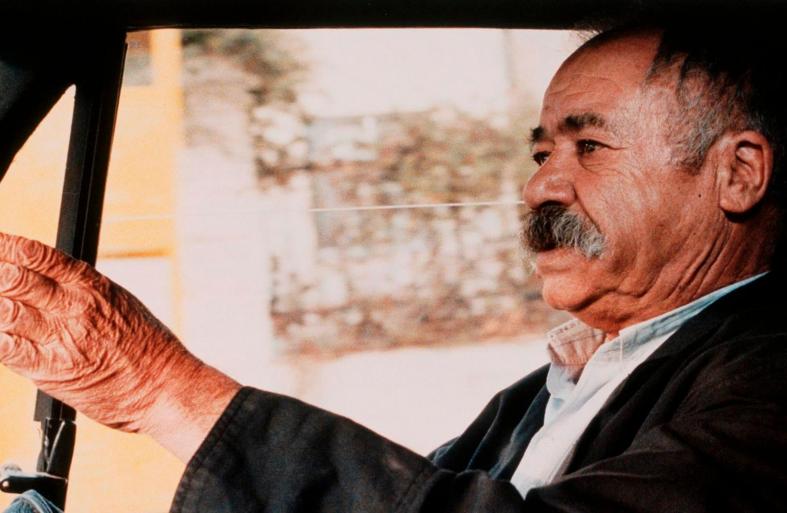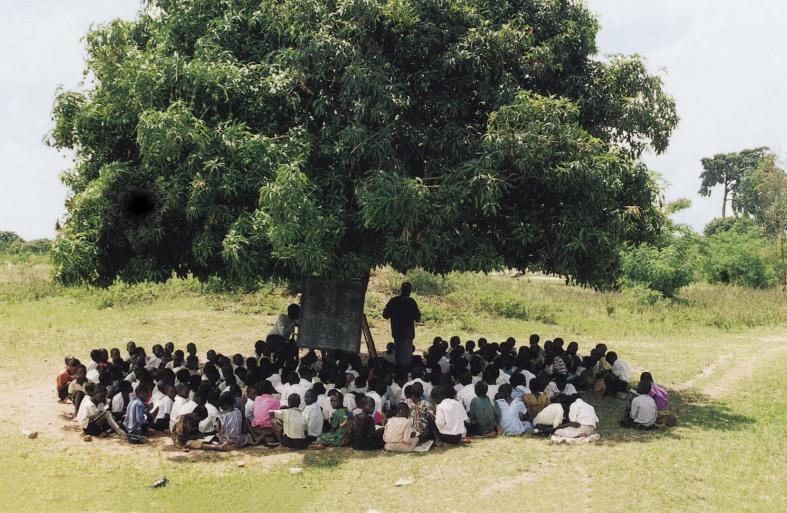Certified Copy
This witty and magical drama that takes place on the backdrop of Tuscan panoramas. Elle runs a small art gallery in Tuscany. She is anticipating the visit of James Miller, a British writer, promoting his latest book about the value of original and copied art works. Elle invites him to her gallery, and together they embark on a journey through Tuscany.
